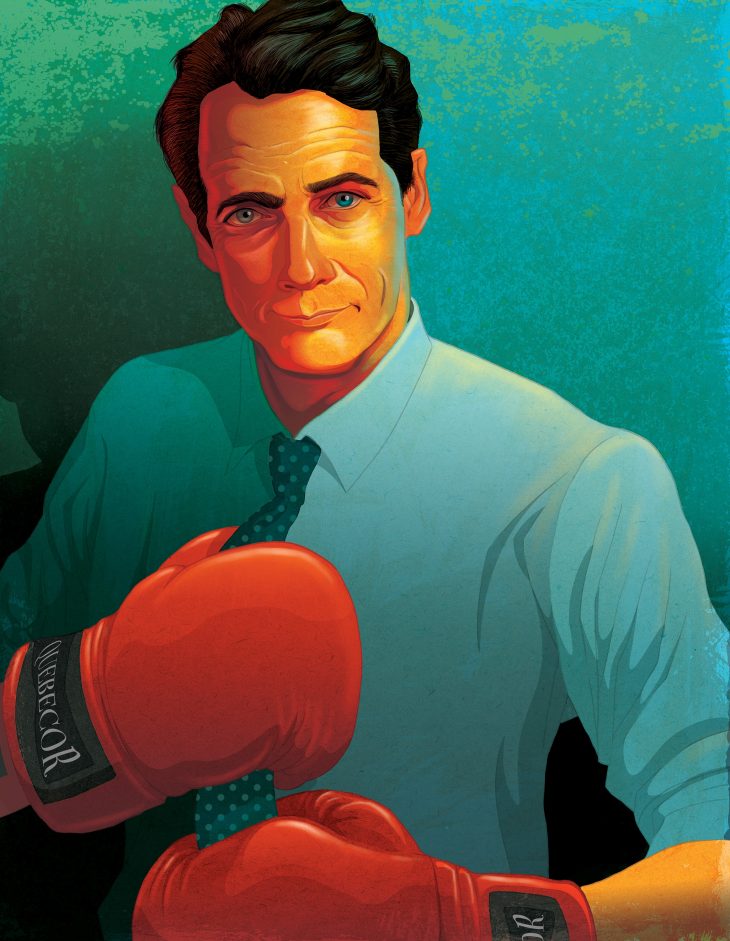
Our specialty channels are in danger
TVA GROUP’S SPECIALTY CHANNELS, which include amongst others TVA Sports, LCN, addikTV and CASA, are enormously popular with Québec television viewers. We are proud to carry content made by Quebecers for Quebecers, shows that reflect their tastes and expectations. However, as everywhere in the world, the digital revolution and globalization have disrupted an already precarious business model that also suffers from patently unequal treatment of industry players under increasingly obsolete regulations. Today, the survival of our channels is at risk.
All specialty channels depend on subscription revenues from the cable and satellite carriers (such as Telus, Bell and Videotron). Due to regulation, those carriage fees no longer reflect the true value of our channels. Instead, they go disproportionately to a single dominant player, Bell, which swallows up 49% of the subscription revenues paid by all the carriers.
How have we come to this pass? The specialty channels that Bell now owns – many of which it picked up in the controversial deal with Astral – made their appearance on the Canadian television landscape more than 30 years ago. At the time, they were in a monopoly position and enjoyed regulatory protections that gave them a competitive advantage and preferential rates. At the dawn of the new millennium, TVA broke new ground by launching its own specialty channels, bringing winds of change and increased diversity to the industry. Since then, the popularity of TVA’s specialty channels has grown steadily while Bell’s channels have lost subscribers and slipped in the ratings. Despite the facts and despite the numbers, Bell’s subscription revenues are increasing, driven ever higher by a monopolistic heritage which should hold no sway today.
How can it be that the carriage rates of Bell’s channels went up even as their audience share fell by six percentage points in Québec between 2014 and 2018? During the same period, TVA Group’s channels increased their audience share by five percentage points and yet the subscription revenues they received from the carriers have not changed significantly. Why is it that after making investments comparable to RDS, TVA Sports collects almost 40% less in subscription revenues? That LCN, Québec’s most-watched specialty channel, has an audience share 2.1 percentage points higher than RDI but lower subscription fees?
Unfortunately, the answer is very clear. The regulatory body doesn’t care to promote innovation and competition; it prefers to protect the historical privileges of the former monopolies. That iniquity is jeopardizing our channels and our programming.
It is vitally important that the carriage fees of all specialty channels be rebalanced, not on the basis of historical rates but in line with each channel’s fair market value according to objective criteria such as channel performance. The subscription fees of channels that have few viewers should be lowered and the money should go to the more popular channels. Consumers shouldn’t have to pay more for their television package; rather, it is the industry that needs to adjust.
Instead of waiting until we reach the breaking point, we are sounding the alarm now by launching a large-scale information campaign (fairvalue.ca). Our broadcasting system is broken and must be fixed. Our cultural identity is at stake. Our ability to produce programs that tell our stories and bring us together is being undermined.
The time to act is now.
Pierre Karl Péladeau is president and CEO of Quebecor



